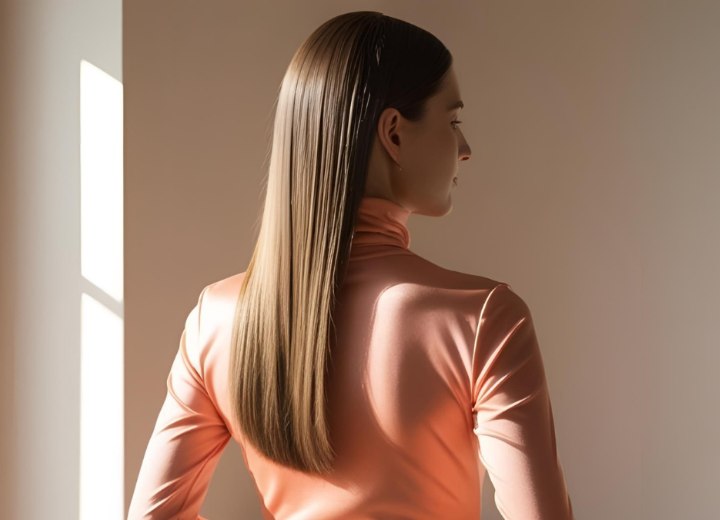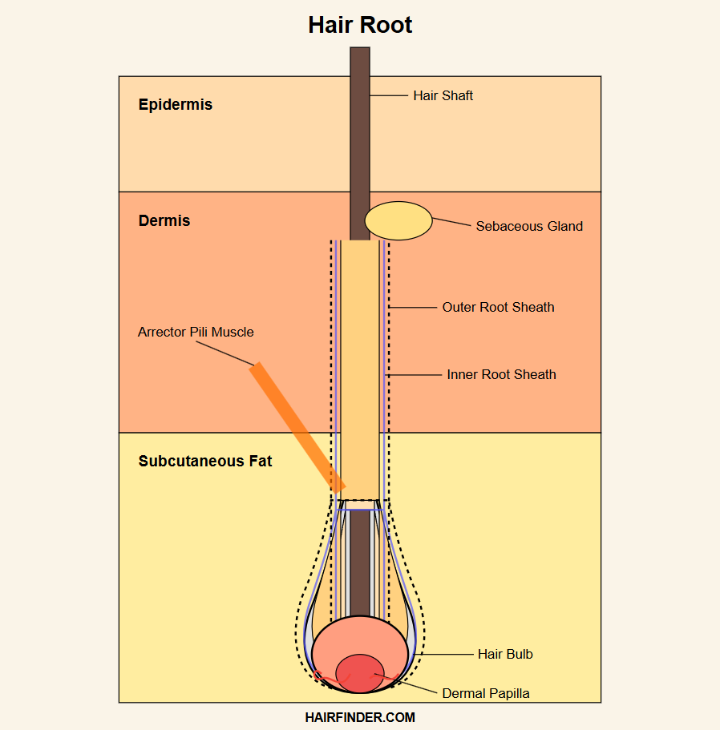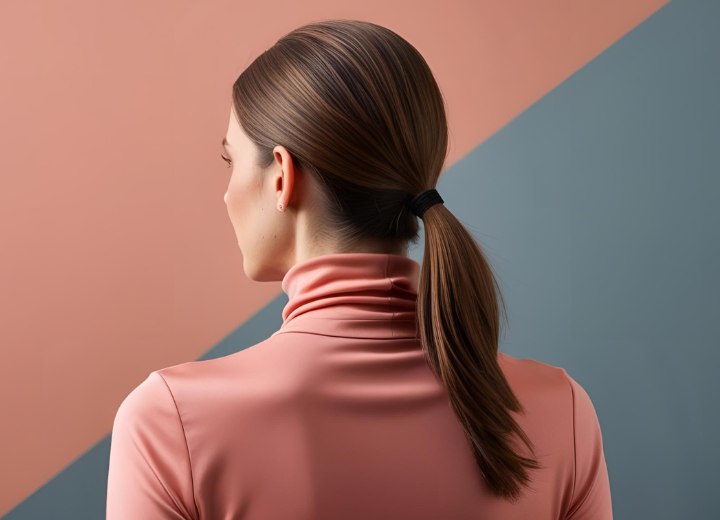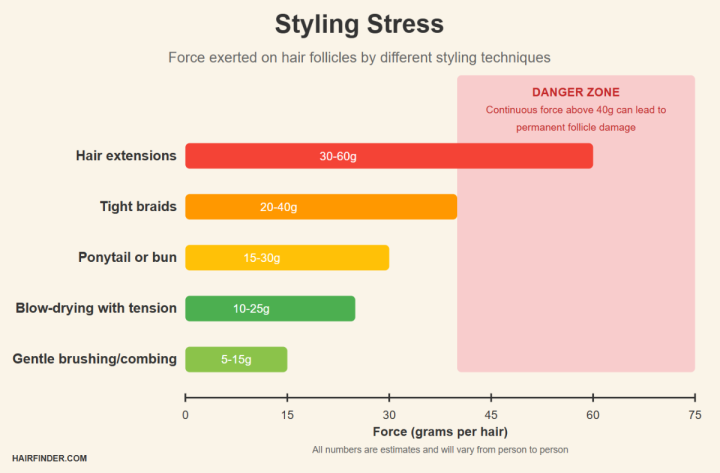Strength of Hair Roots

A: You’ve touched on something most of us rarely consider: the impressive strength of hair roots. It really is fascinating! Hair roots, or follicles, are incredibly strong structures designed to anchor hair securely to the scalp. Each strand is held in place by a complex root system embedded deep within the skin.
Below is a simplified look at a hair cross-section, highlighting the components that contribute to this strength.
• Hair bulb: Located at the base of the follicle, this structure contains rapidly dividing cells that form the hair shaft. These are among the fastest-dividing cells in the body, second only to those in bone marrow.
• Dermal papilla: Found at the follicle base, this cluster of cells supports hair growth and anchoring. It’s rich in blood vessels that supply nutrients and oxygen to the hair bulb. Nestled in subcutaneous fat, it adds considerable structural support.
• Inner and outer root sheaths: These layers of specialized cells surround the hair shaft and guide its growth, while providing critical structural stability. The outer sheath forms the follicle’s external layer.
• Sebaceous gland: This oil-producing gland connects to the follicle via a duct, releasing sebum to condition both hair and skin. Sebum reduces friction and helps prevent damage during styling.
• Arrector pili muscle: A small muscle attached to the follicle that, when contracted, makes hair stand upright (causing goosebumps). It also adds extra anchoring support.

Hair root strength can be assessed through several biomechanical properties:
• Tensile strength: This refers to the maximum force (typically 50–100 grams) a hair can withstand before being pulled out. It varies depending on hair thickness, follicle size and depth, and the angle at which the follicle enters the skin. Thicker and deeper follicles generally provide stronger anchoring.
• Viscoelasticity: Hair follicles behave viscoelastically. They can stretch under pressure and return to their original shape once the force is removed. This flexibility helps them endure temporary stress, like that from styling, without sustaining damage.
• Strain rate dependence: The speed at which force is applied also matters. Sudden tugs (high strain rate) are more likely to damage follicles than gradual tension.

Several factors influence how firmly hair is rooted:
• Genetics: Genes that regulate collagen production can lead to stronger or weaker follicle anchoring. Hereditary patterns determine hair density and individual follicle thickness. Ethnic differences also play a role. Some populations tend to have thicker, more deeply rooted follicles.
• Hair growth cycle phases:
Phase 1 - Anagen (growth phase, 2–7 years) - Hair is most securely anchored, requiring 50–100 grams of force for removal.
Phase 2 - Catagen (transition phase, 2–3 weeks) - Anchoring begins to weaken.
Phase 3 - Telogen (resting phase, 3–4 months) - Hair is primarily held by friction, requiring only 20–50 grams of force to extract.
At any moment, about 85–90% of scalp hairs are in anagen, 1–2% in catagen, and 10–15% in telogen.
• Age-related changes: As we age, follicles shrink (miniaturize), reducing their depth and diameter. Decreases in collagen and elastin around the follicle weaken its support, while reduced oil production makes hair more brittle, increasing the likelihood of breakage.
• Hormonal and nutritional factors: Hormones can affect follicle strength differently across body regions. Since hair is mostly keratin (a protein), poor protein intake can weaken both hair shafts and their roots.

Different styling methods place varying degrees of stress on hair follicles. Here are estimates:
• Gentle brushing/combing: 5–15 grams per hair
• Blow-drying with tension: 10–25 grams per hair
• Ponytails or buns: 15–30 grams per hair, especially at the hairline
• Tight braids: 20–40 grams per hair
• Hair extensions: Can apply a continuous force of 30–60 grams per hair
Consistently applying more than 40 grams of force per hair over weeks or months can cause permanent follicle damage.
Our hair follicles are a testament to the elegant engineering of the human body. The next time you style your hair, take a moment to appreciate the incredible strength of these tiny, yet powerful, structures.
©Hairfinder.com
See also:
Hair lengths
The hair growth phases